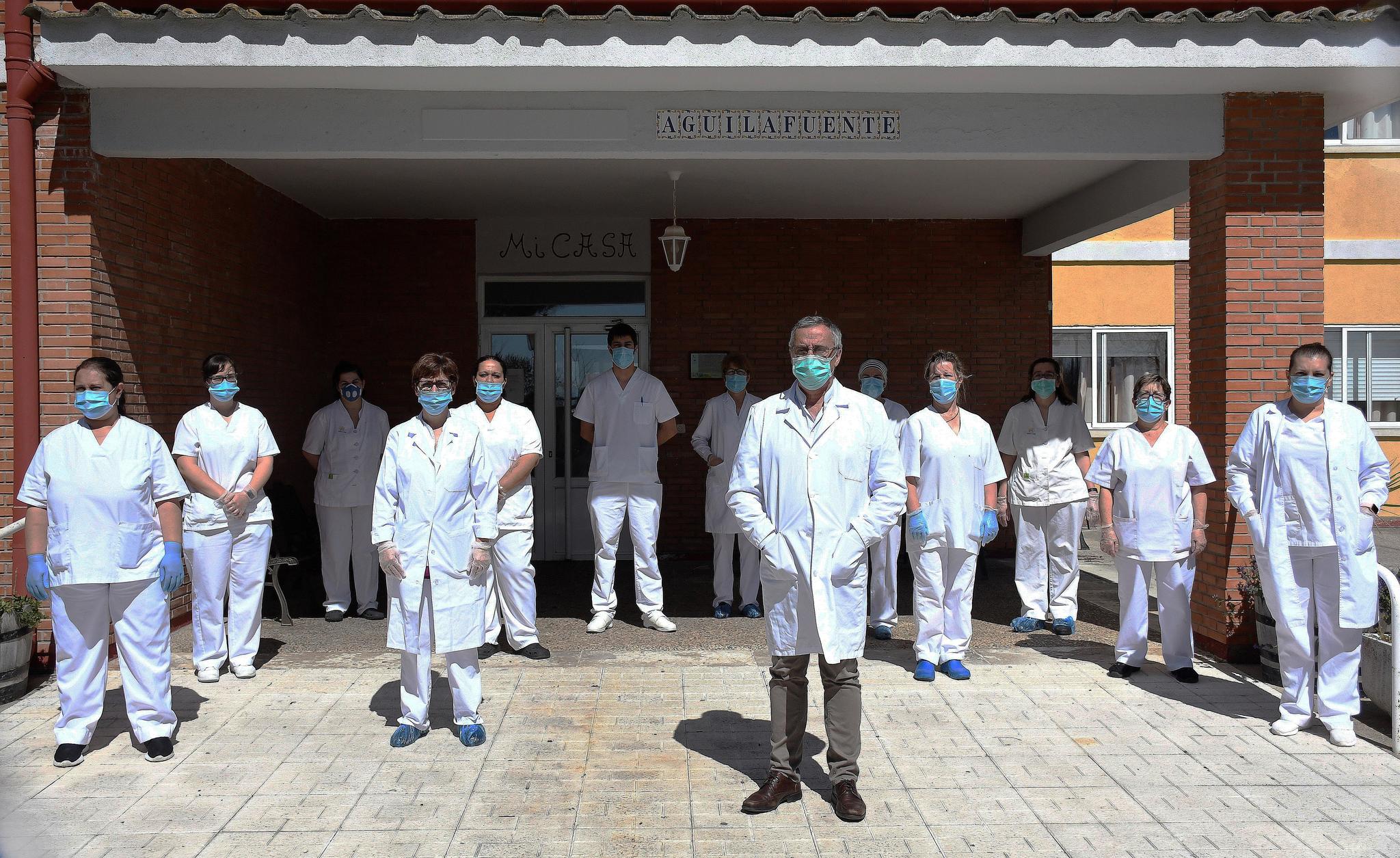- Worse than in Madrid, limit situation in Segovia and Soria due to coronavirus
- Live: last minute of the coronavirus
The National Epidemiology Center that houses the Carlos III Health Institute began publishing daily reports last week based on the data recorded by its mortality surveillance model, called MoMo, in the context of a greater demand for information in the current coronavirus health crisis.
The latest document, published on March 30, provides data on how mortality has varied between March 18 and 29 based on the usual figures at this time of year. The recorded death toll stands at 17,613 deaths from all causes, while the estimate indicates that, under normal circumstances, there would have been 13,576. The excess, or the difference between the deaths and the estimate on those days, amounts to 4,037, which represents an increase of 29.7%.
The first document that included the variation at the national level showed an increase in deaths close to 13%, but only took into account the time period from March 23 to 24. With a broader time range, the data reflects growth that is closer to the current tragic situation.
The excess is higher in men (37%) than in women (20%), and is concentrated in those older than 74 years (34%), followed by the age group of 65 to 74 years (31%), according to the Conclusions drawn up by the Carlos III Health Institute and which coincide with the hitherto known epidemiological characteristics of the coronavirus.
Given the first information that was published echoing these reports, the director of the Coordination Center for Alerts and Health Emergencies, Fernando Simón , indicated last week at a press conference that this increase would be somewhat less if the epidemic had occurred in the winter months, when mortality is generally higher.
Likewise, it is not possible to attribute the entire excess to deaths from coronavirus, since the data shows the total number of deaths, whatever the cause. However, it can be interpreted that most of these increases are due to those infected with Covid-19.
The reports also show how the distribution of these increases is in each autonomous community. According to the conclusions, Castilla La Mancha and Castilla y León are the territories that have seen their mortality increase the most, registering figures 130% higher than usual in recent days. However, comparing the data between one and other autonomous communities should be done with caution since they are extracted from different periods.
This information, they warn from the ISCIII, is not updated in some cases. "We observed a delay in the notification of deaths in the civil registries of several Autonomous Communities, being notable in Galicia, La Rioja and the week of March 11 to 17 in Catalonia, and moderate in the last days of the Community of Madrid," he indicates. The document.
In addition, the document is prepared daily, so each report is provisional. "It should be noted that the delay between the date of death and that of notification is increasing at this time," they insist. And they add: "For this reason, both the observed death data and the excesses detected by the MoMo system may vary with each update."
According to the criteria of The Trust Project
Know more- Coronavirus
- Galicia
- The Rioja
- Spain
- Madrid's community
- Catalonia
- Castilla y León
- Infectious diseases
- Health
Covid-19Barcelona enables sports centers to expand the capacity of hospitals against coronavirus
SpainThe Army goes to nursing homes to disinfect them and will patrol with Police and Civil Guard
The Autonomous Communities ignored the Treasury order to "contain" health spending

